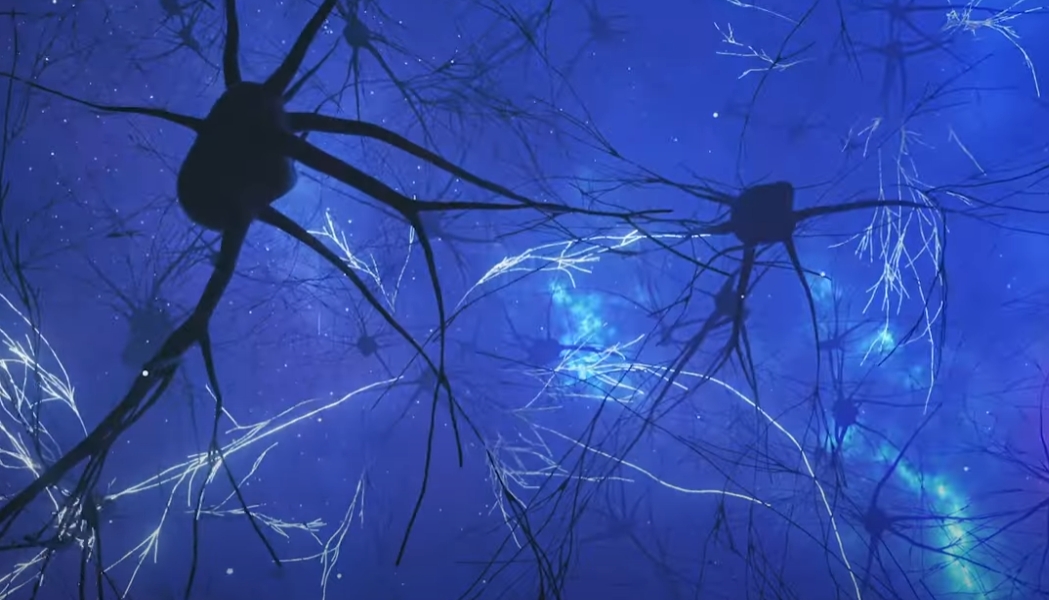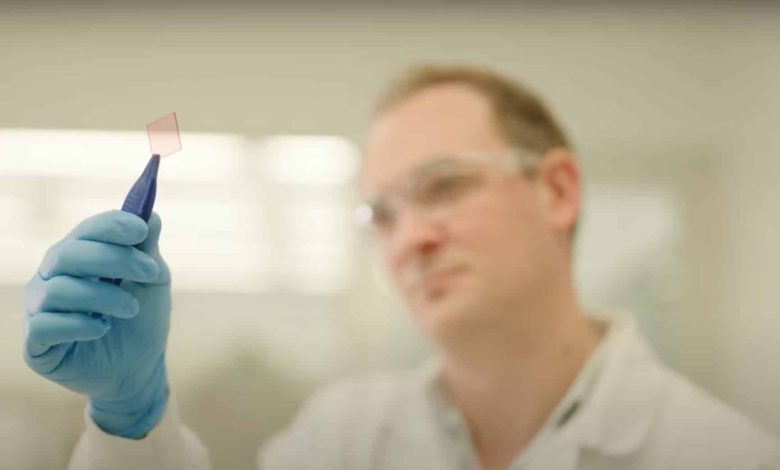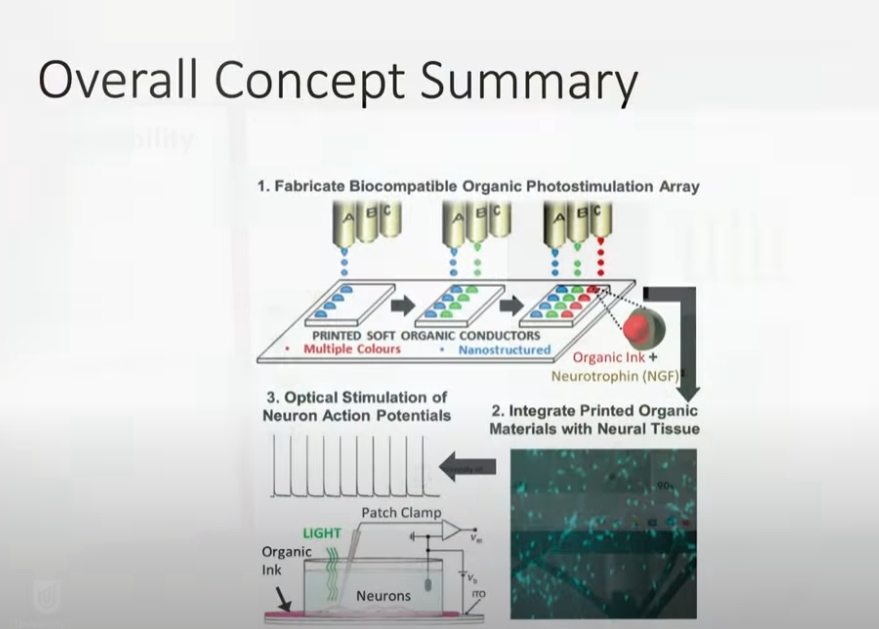On May 7, 2024, it was learned that Matthew Griffith, Associate Professor of Materials Engineering at the University of South Australia (UniSA), has developed a bio ink that combines 3D printing technology, providing new hope for the treatment of neurological diseases and helping to treat various neurological disorders.

Materials engineer Matthew Griffith from the University of South Australia proposes a new approach to treating neurological diseases
Professor Griffith stated that due to the ability of 3D printed bio ink to repair damaged neurons in the human body, incurable diseases such as blindness, deafness, chronic pain, epilepsy, motor neuron disease, and Parkinson's disease can all be cured.

Bioink developed by Dr. Griffith
Technical research and development background
According to the University of South Australia, approximately 3 billion people worldwide suffer from neurological disorders; Another 200 million people are blind; One fifth of people suffer from chronic pain. All of these symptoms are related to neuronal triggering, leading to adverse changes in the brain, senses, and behavior.
The current technologies used to treat neurological diseases and blindness include deep brain stimulation and artificial retina. However, due to the poor biocompatibility of electrodes made of hard and inflexible materials such as metal and silicon, the success rate of these technologies is limited.
Therefore, researchers are exploring how to use 3D printing to create more accurate and effective treatment plans, bringing more hope and improvement to patients.
3D printed bio ink can repair damaged neurons

Professor Griffith said, "In order to help guide our research, we have had conversations with many patients affected by these diseases and with many clinical doctors trying to treat them. As we work together, we are all excited about the possibility of treating these diseases for the first time in human history."
Professor Griffith and his team at the Future Industry Research Institute of the University of South Australia are developing carbon based biocompatible inks to create soft and flexible devices using 3D printing technology. These devices can be implanted surgically and communicate electronically with neural networks as needed.
Griffith pointed out, "Our goal is to reprogram injuries and diseases by printing inexpensive electronic devices that communicate with our bodies in language that our bodies can understand. Neuron damage or misoperation can have catastrophic consequences, leading to blindness, paralysis, and a range of neurological diseases that we cannot cure. We believe that by developing clever organic electronic ink, we can 3D print them into flexible devices that can converse with neurons, grow new nerve cells, and create artificial neural interfaces to change this situation."
This innovation marks the continuous exploration and application of technology in the medical field, opening up new prospects for the treatment of neurological diseases.






